There is a fascination in the Strength and Conditioning world with triple extension. For those not familiar - triple extension is extension of 3 joints - ankle, knee, and hip.
In fact, achieving triple extension has become, in many cases, the main priority in exercise selection.
Why has triple extension become a prized possession when training athletes?
Well it has been proposed as a key in athlete performance, mainly imho, because when you look at still pictures of jumping or accelerating or sprinting coaches perceive the key performance indicator behind these movements is triple extension.
Go into Google and type in Triple Extension and here are some of the top images...
In fact, achieving triple extension has become, in many cases, the main priority in exercise selection.
Why has triple extension become a prized possession when training athletes?
Well it has been proposed as a key in athlete performance, mainly imho, because when you look at still pictures of jumping or accelerating or sprinting coaches perceive the key performance indicator behind these movements is triple extension.
Go into Google and type in Triple Extension and here are some of the top images...
As you can see, Olympic lifting is very closely associated with triple extension and hence why it is thought to be a valuable training tool.
BUT, BUT what if I told you triple extension is far overrated? What if triple extension occurs FAR FAR LESS than what you've been told? What if I told you triple extension has only a small amount to do with athletic success?
For many it would be blasphmaomy, but let's take a deeper look at triple extension.
First, let's take a look at these picture and tell me if triple extension is occurring…
BUT, BUT what if I told you triple extension is far overrated? What if triple extension occurs FAR FAR LESS than what you've been told? What if I told you triple extension has only a small amount to do with athletic success?
For many it would be blasphmaomy, but let's take a deeper look at triple extension.
First, let's take a look at these picture and tell me if triple extension is occurring…
When it comes to sprinting, triple extension does NOT occur. During top-end sprinting neither full hip, knee, or ankle extension occurs.
In fact, the more extension one gets, the slower they will run. In order to maximize speed, less active ankle, knee, and hip extension occurs, and the sooner flexion in these joints occur during and immediately after Ground Contact, the better.
Understand this, during top-end speed, the athlete is only on the ground for .07-.13seconds, this is no where near enough time for someone to fully extend each joint, and the more they try to, the slower they would run. The best sprinters have less hip and knee extension at toe-off
If an athlete tried to triple extend, they would create excessive backside mechanics which leads to long, inefficient GCT, and further lead to poor flight positioning of the swing leg which would finally result of the swing leg contacting the ground out in front of the body, rather than closer to the COM.
​It's a deadly cycle.
During acceleration, athletes MAY triple extend during their first 1-2 steps, but after that - triple extension DOES NOT occur. Same as top-end speed, their simply isn't enough time on the ground, and extension power should be put forth during ground preparation and during the 1st half of GCT - the goal during ground contact is to get off the ground as quickly as possible.
Let's take a look at some great charts by James Wild (@wildy_jj)
The below chart shows that full hip extension doesn't occur during the 1st 3-steps, and this is amplified in team sport athletes - who are less technically proficient as sprinters.
In fact, the more extension one gets, the slower they will run. In order to maximize speed, less active ankle, knee, and hip extension occurs, and the sooner flexion in these joints occur during and immediately after Ground Contact, the better.
Understand this, during top-end speed, the athlete is only on the ground for .07-.13seconds, this is no where near enough time for someone to fully extend each joint, and the more they try to, the slower they would run. The best sprinters have less hip and knee extension at toe-off
If an athlete tried to triple extend, they would create excessive backside mechanics which leads to long, inefficient GCT, and further lead to poor flight positioning of the swing leg which would finally result of the swing leg contacting the ground out in front of the body, rather than closer to the COM.
​It's a deadly cycle.
During acceleration, athletes MAY triple extend during their first 1-2 steps, but after that - triple extension DOES NOT occur. Same as top-end speed, their simply isn't enough time on the ground, and extension power should be put forth during ground preparation and during the 1st half of GCT - the goal during ground contact is to get off the ground as quickly as possible.
Let's take a look at some great charts by James Wild (@wildy_jj)
The below chart shows that full hip extension doesn't occur during the 1st 3-steps, and this is amplified in team sport athletes - who are less technically proficient as sprinters.
This chart shows knee extension during the 1st 3-steps, again full knee extension is no where to be found.
This chart shows ankle extension, again the less ankle extension, the better the performance. ​
When it comes to the vertical jump, Chang et al. (2015) demonstrated that vertical jump performance was not dictated by triple extension. Instead, successful performance in the vertical jump could be described by knee and ankle extension, not hip extension.
In fact, I think triple flexion is on the same level of triple extension. Flexion angles of the hip, knee, and ankle are vitally important for sprinting speed. Ankle dorsiflexion is a must during sprinting, COD, and braking actions. Hip flexion is a must to allow the body to produce maximal forces during sprinting, acceleration, and jumping. Triple flexion allows the body to create a ton of stored elastic energy to be reproduced during extension phases. Triple flexion is the loading, coiling, and absorbing - extension is uncoiling and expression.
This chart shows the LESS ankle dorsiflexion range equals faster speeds… in normal english, this means the less the ankle deforms at GCT the better - so coming into GCT with MORE FLEXION can help allow less deformation, better utilization of stored elastic energy, and shorter GCTs.
In fact, I think triple flexion is on the same level of triple extension. Flexion angles of the hip, knee, and ankle are vitally important for sprinting speed. Ankle dorsiflexion is a must during sprinting, COD, and braking actions. Hip flexion is a must to allow the body to produce maximal forces during sprinting, acceleration, and jumping. Triple flexion allows the body to create a ton of stored elastic energy to be reproduced during extension phases. Triple flexion is the loading, coiling, and absorbing - extension is uncoiling and expression.
This chart shows the LESS ankle dorsiflexion range equals faster speeds… in normal english, this means the less the ankle deforms at GCT the better - so coming into GCT with MORE FLEXION can help allow less deformation, better utilization of stored elastic energy, and shorter GCTs.
At the end of the day, triple extension plays a role in athletic performance, but let's be clear - it's a lot less important than most claim.
Being able to produce extension forces IS very important, but they are not necessarily end range of motion extension forces.
So the moral of the story is this - if you're choosing your exercises/programming based on achieving triple extension, take another look because that is a poor reason to include or exclude certain exercises.
Got Get 'Em!
References
Chang, E., Norcross, M. F., Johnson, S. T., Kitagawa, T., & Hoffman, M. (2015). Relationships between explosive and maximal triple extensor muscle performance and vertical jump height. The Journal of Strength & Conditioning Research, 29(2), 545-551.
Being able to produce extension forces IS very important, but they are not necessarily end range of motion extension forces.
So the moral of the story is this - if you're choosing your exercises/programming based on achieving triple extension, take another look because that is a poor reason to include or exclude certain exercises.
Got Get 'Em!
References
Chang, E., Norcross, M. F., Johnson, S. T., Kitagawa, T., & Hoffman, M. (2015). Relationships between explosive and maximal triple extensor muscle performance and vertical jump height. The Journal of Strength & Conditioning Research, 29(2), 545-551.
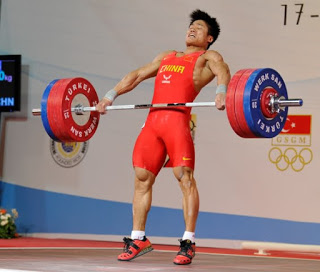
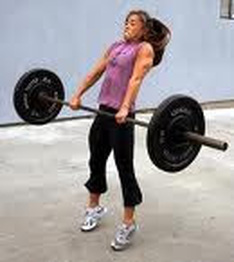
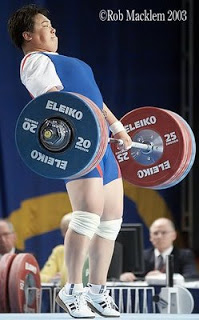
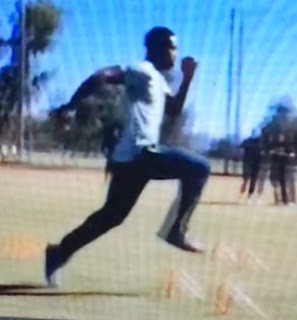
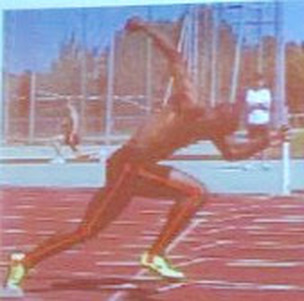
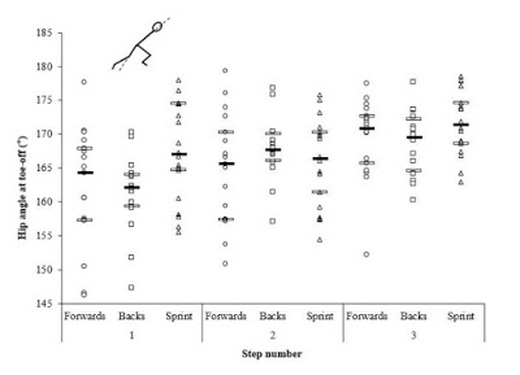
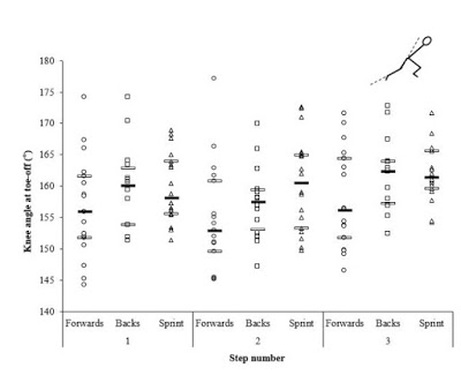
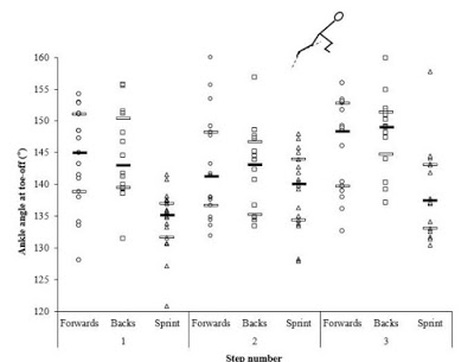
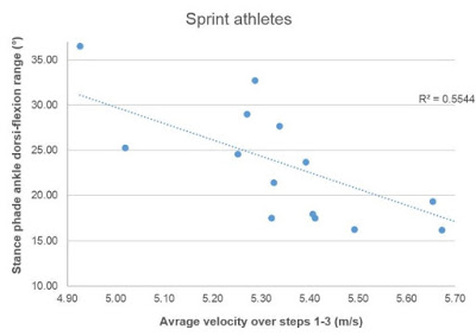
 RSS Feed
RSS Feed